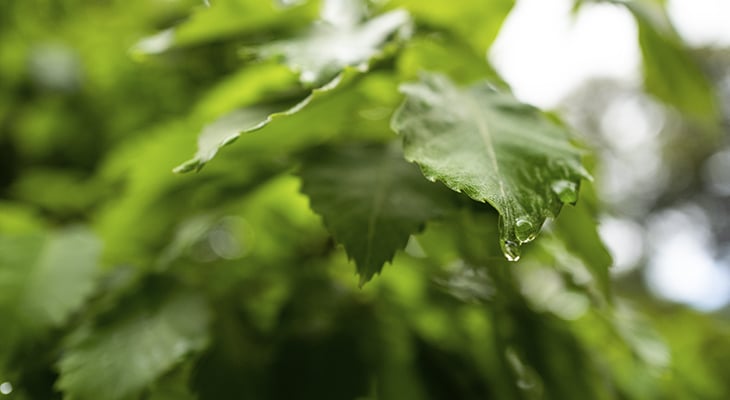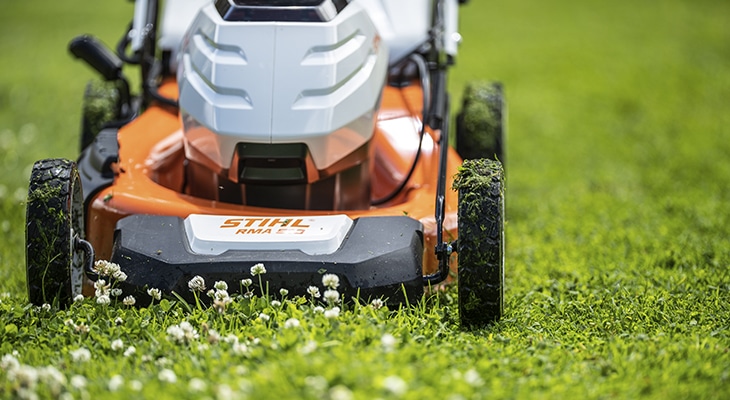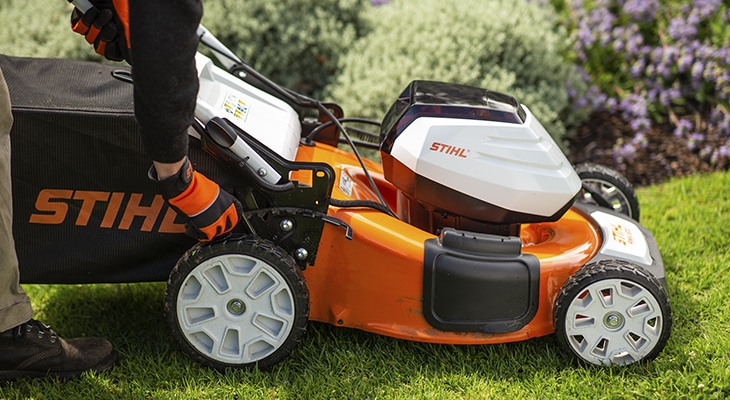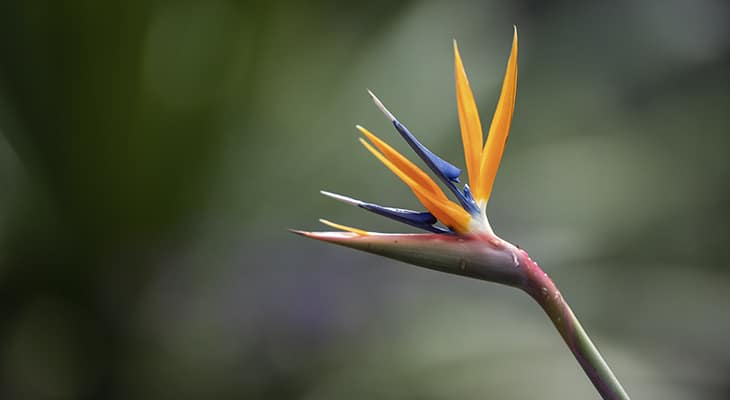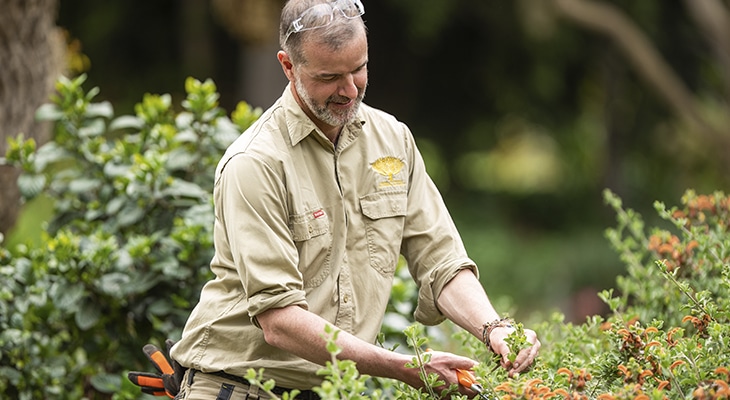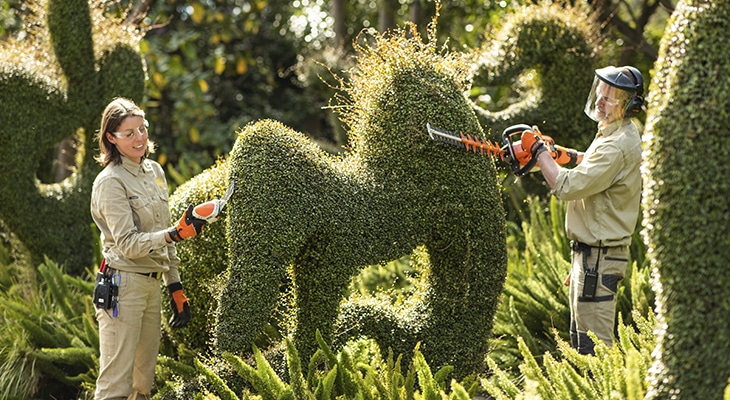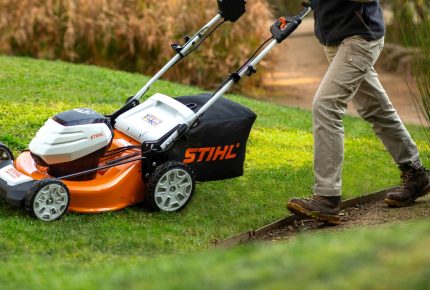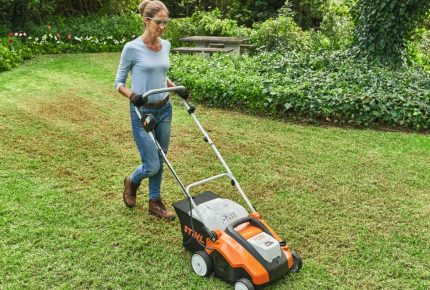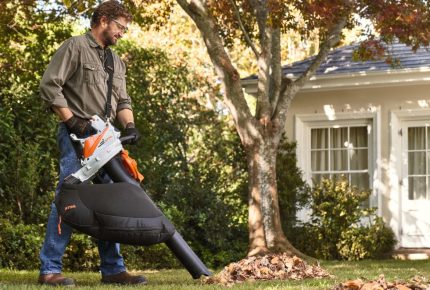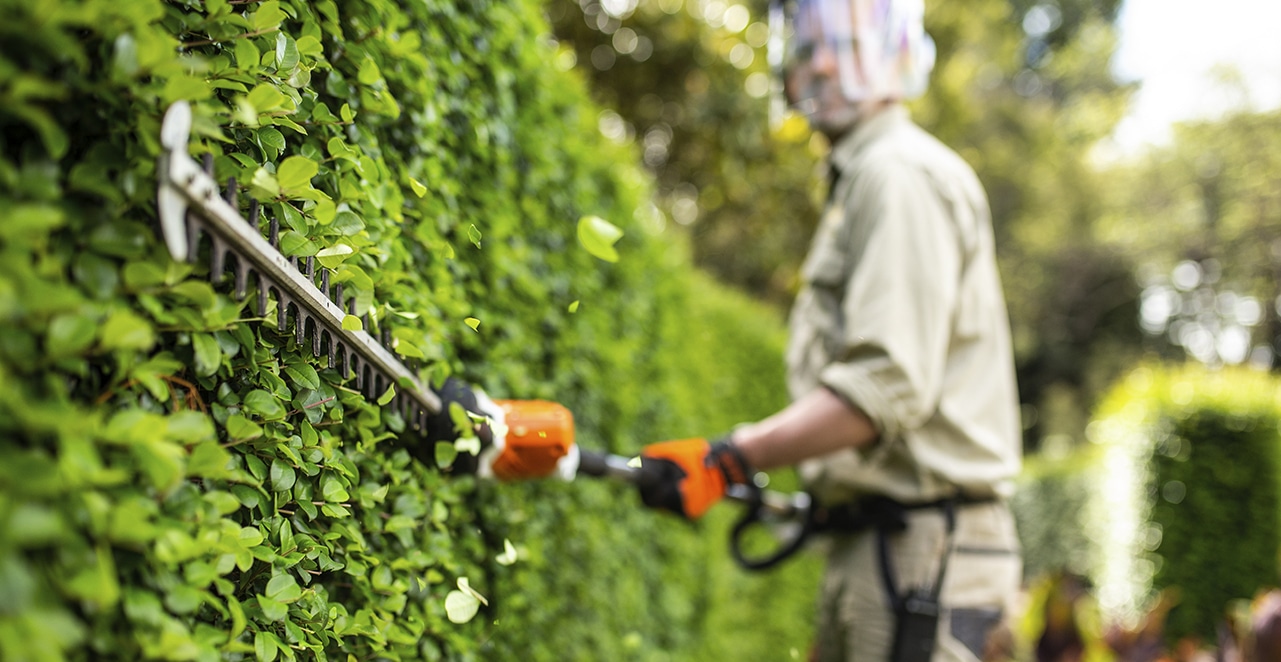
#How To
How to Keep Plants Safe During The Summer Months
This summer is an absolute scorcher, and though some plants love heat and sun, hot weather is hard on our precious flora, and most gardens are susceptible to heat damage. The team at the Royal Botanic Gardens Victoria have been inundated with requests for advice on keeping plants alive during the blazing summer months, so the Horticulture and Arboriculture teams have provided some expert tips to help your garden survive the searing temperatures ahead, and some things to think about ahead of next year’s summer months.
Moisture is key
Plants need considerably more water throughout summer than other seasons, as they give off more water vapour. Depending on the weather conditions, especially on hot and windy, days aim to give your garden a deep watering once or twice a week. In the heat of the summer, the best way to water efficiently is by using a drip irrigation system, which will not only keep your plants hydrated but will protect them against overwatering which can lead to a heightened risk of rot and disease.
Timing is also key, watering your garden in the morning is ideal as it will allow your plants to kick off the day adequately hydrated before the heat intensifies, which helps prevent drying out and heat stress. Avoid watering around midday as most of the water will evaporate before reaching your plant’s roots. If you’re not a fan of early rising, watering in the very late afternoon or evening will also minimise evaporation. Just make sure your plants have enough time to dry off before it gets dark, to prevent fungus issues associated with damp foliage.
There are two ways for water to escape your lawn; through evaporation, which is when water escapes from your lawn’s surface, and transpiration; which is when water sweats from the stems and leaves of surrounding plants. Aerating your lawn in spring well before the harsh conditions of summer set in allows for rain to deeply penetrate the soil profile, encouraging deeper rooting and less evaporation. Deeper roots result in more resilient lawns over the hotter and dryer months. By making a small hole in your lawn with a spade, you can easily check the moisture levels of your lawn, so be sure you check in regularly, particularly after longer periods of warmer weather
Watch for weeds
In some parts of the country, summer weeds can be a big problem, especially if they’re not nipped in the bud before they seed. They can also impact growth in your garden for seasons to follow, so not only do they look ugly, they can also be detrimental to the overall health of your garden. Effective weed control will reduce the number of weeds in your garden for years to come, so don’t ignore them.
Clever containment
If you have pants in pots outside, shift them to a shady location during the middle of the day. If your garden is lacking in shady places, take them inside for the day. This will also protect your potted plants from strong and warm winds which will dry them out very quickly. Dark coloured containers also more likely to absorb heat and cause root damage than lighter colours, so consider avoiding darker pots, or repotting plants into lighter pots ahead of summer. Porous pots, like terracotta, will dry out rapidly and may require watering several times a day in hot weather. This can be alleviated by sealing the inside of the pots before potting your plants.
Summer sun stresses your plants, which leads them to be more vulnerable to nasty pests and diseases. Make sure to clean your pots and containers well if reusing them. If you have terracotta pots, you can bake them at roughly 100°C for an hour to kill off bacteria or soak any pots in a bleach solution. Don’t re-pot during a heatwave. Leaves inevitably get damaged when you repot, which can stress out your plants. This stress can cause your plants to struggle in the heat.
Love your lawn
This time of year can make or break your lawn. Mowing too low or ‘scalping’ will increase the amount of evaporation that occurs on warmer days, while letting it grow too long will leave you with a yellow lawn the next time you mow. Care for your lawn during summer by mowing regularly on a medium to high height setting, and give it a good drenching at least once a week. Be mindful of the sun drenched areas of your lawn which will need more water than the rest.
Choose your plants and their locations wisely
The best thing you can do to make your garden more tolerant of drought and scorching temperatures is to select waterwise, hardy, and preferably native plants that love the sun and are well adapted to the prevailing environmental conditions of your garden.To prevent your plants from competing for water, space them out with plenty of room between them. It’s also worth pulling up weeds as they also compete with plants for water, as well as nutrients. The shade and wind protection provided by small trees and medium-sized shrubs will help protect smaller plants from severe conditions.
Throw some shade
Plants can get sunburnt! When choosing the placement of containers, aim for a spot with bright morning sun and afternoon shade. Shade cloths can work wonders for sunny gardens! Make sure your plants have plenty of room to breathe! If they’re too closely covered, heat could get trapped, and beneficial insects like bees won’t be able to access the plants. It’s also worth going with a lighter coloured material as it will absorb less heat and is less likely to burn your plants.
Select a shade cloth density appropriate to the plants, too much shade will make the plant search for light and become weaker and easily damaged. Green shade cloth should be avoided as it absorbs the green light-waves which plants need for healthy growth. If you have topiary balls in pots, be sure to spin them every week or so to allow an even amount of sunlight and to avoid sun damage.
Nutrition
Fertilizers work wonders for plants, but you should use them to optimise the health of your garden in spring, in preparation for, rather than during the summer months. Heat stresses out plants and you should avoid fertilizing stressed plants until they’re healthy again. When in outright survival mode, plants aren’t prepared for and cannot utilize extra nutrients, so fertilizer may actually damage them. Wait out the worst of the heat, then pamper your plants again in the autumn!
To prune or not to prune?
Wait to prune dead or damaged foliage until after the hot weather has dissipated. Pruning encourages new growth, which if done too during the warmest months of the year, may be subject to severe damage.
Don’t neglect your hedges
While the rate at which your hedges grow may have dropped since the peak of spring, it’s important to maintain them through summer through light trimmer and frequent watering.
Mulch like a machine
Mulch is your best friend in summer! Applying a layer of mulch around your plants and trees will help conserve precious soil moisture and keep the soil cool during the hottest parts of the day which will prevent the roots from overheating. Mulching will also help you save water by massively reducing evaporation and encourage your plants to stay healthy. That being said, you still need to be watering your garden as regularly as possible throughout the summer, don’t rely on mulching!
Mulch your garden in late spring while the soil is still moist from the winter and spring rains before the soil starts to dry out. Apply a layer of mulch 50 to 75 mm thick using a coarse mulch which will allow summer rain and any irrigation water to penetrate readily to the soil. If you’re looking for a sustainable way to dispose of your lawn clippings, applying a thin layer to your lawn and garden beds will help your soil to preserve moisture through extended periods of warmer weather.
If you live in a bushfire-prone area
- Refer to the Country Fire Authorities guidebook for in depth look at how to fire-proof your garden, and what should you plant in your garden and where to plant it to help protect your house from bushfires
- Reduce the amount of flammable materials in your garden, particularly near your home and any other structures such as your shed. Use your trusty lawn mower and grass trimmer to keep lawns and edges maintained – having a build up of long or dead grass could encourage a fire to spread more quickly.
- Use non-organic mulches in your garden and ensure that they don’t accumulate dead leaves and weeds.
- Shade cloth can trap leaf litter and is also flammable so its positioning and ease of maintenance must be considered.
- Bushfire smoke itself is generally not an issue for your garden, however if a thick ash layer has built up on leaves (possibly slowing or preventing photosynthesis), a hosing down of leaves a few days after a fire if no rain followed will wash most ash away and fertilise your garden beds.
- After a fire has passed through, it’s not always best to prune ‘dead’ looking plant matter. A lot of eucalypt species, for instance, may appear dead but will normally resprout both from epicormic buds in branches and trunk as well as a lignotuber at the base of the trunk so pruning may be detrimental. Dead/burnt out trees which may die can still provide habitat in the form of hollows, perching opportunities, nesting material from unburnt bit. For garden plants, the general rule is to not prune and wait to see what reshoots or regenerates.

